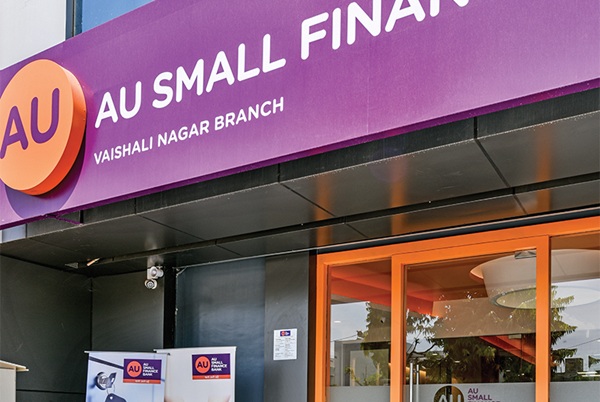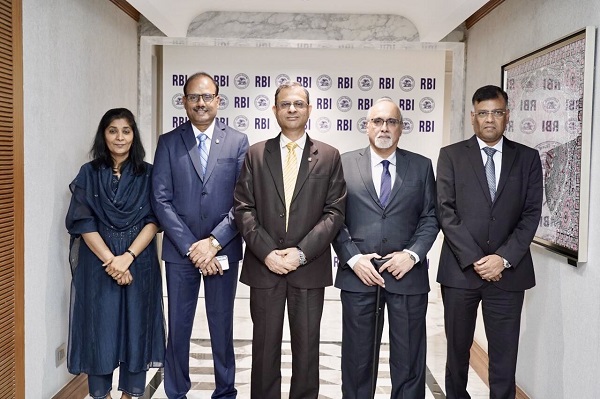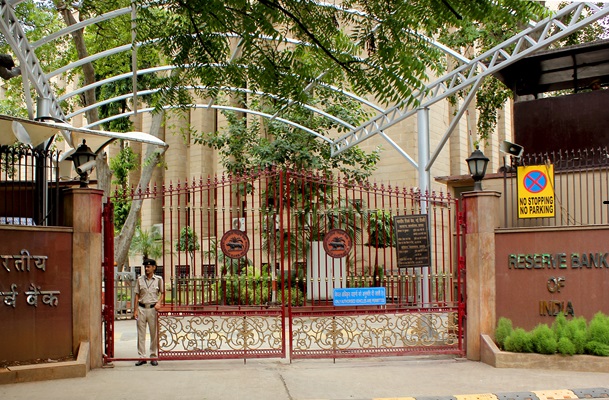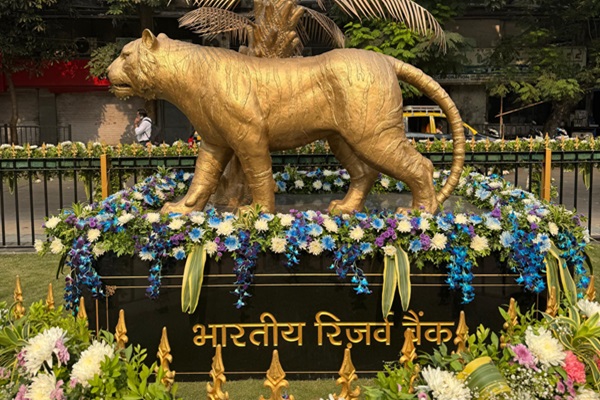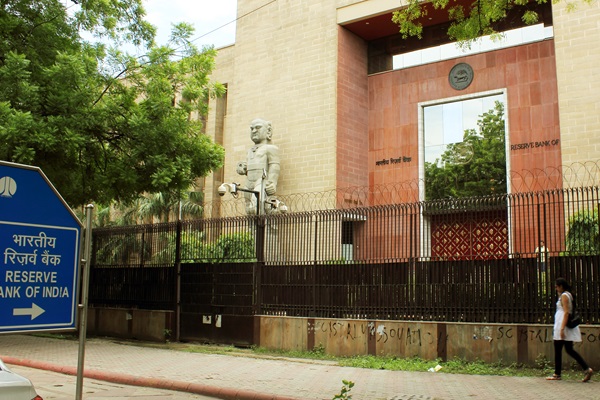.png)
By Mint Owl
Mint Owl tracks markets and policy with a steady eye, offering clear analysis on the choices shaping India’s economy and financial system.
September 30, 2025 at 3:00 PM IST
The Reserve Bank of India’s decision to allow AU Small Finance Bank to transition into a universal bank marks a defining moment in the journey of differentiated licences. What began as an experiment nearly a decade ago has now produced the first case of upward mobility. AU’s licence upgrade is more than an individual milestone. It signals that the central bank is prepared to reward those institutions that have demonstrated stability, scale, and prudence with the opportunity to expand into full-service banking.
For other small finance banks, this is an important precedent. Ujjivan and Jana, which have already applied for universal bank licences, will draw confidence from AU’s success. Both institutions, along with others such as Equitas, meet the headline criteria of capital adequacy, asset quality, and governance standards. Yet the RBI’s approach has always been more than a box-ticking exercise. Fit and proper judgement remains subjective, and regulators often weigh the sustainability of performance and organisational culture as carefully as they assess financial ratios. AU’s upgrade suggests that the pathway is open, but not guaranteed.
The attraction of moving up the ladder is easy to understand. Small finance banks have been constrained by regulatory prescriptions, particularly the requirement that three-quarters of their loan book be directed towards the priority sector. This ratio will fall to 60% from April 2026, still well above the 40% mandated for universal banks. For institutions with ambitions to diversify their balance sheets and build product breadth, the present regime has felt restrictive. Transitioning into a universal bank licence offers greater freedom, even if it comes with tighter compliance and heightened scrutiny.
Payments Struggles
Against this backdrop, the case of Fino Payments Bank stands out. It has built a grassroots franchise, avoided overreliance on its promoters, and maintained diversified ownership. Its application to transition into a small finance bank will be closely watched, as it represents the first attempt to move from a payments-only model to a lending-and-deposit framework. If approved, Fino’s shift would demonstrate that the Reserve Bank is willing to adapt its licensing framework to reward institutions that have shown resilience and operational strength despite structural headwinds.
India Post Payments Bank has also voiced its interest in becoming a small finance bank, though the political economy of having another state-owned lender could complicate the decision. NSDL Payments Bank has been more cautious, while Paytm’s current troubles have set back its earlier aspirations. The larger lesson is that the payments bank experiment has been hampered less by the ambition of the licensees and more by the regulatory and policy environment that overtook their business models.
This raises a wider question about the nature of differentiated licences. If they were designed to serve as stepping stones, then the Reserve Bank must calibrate its expectations in line with market realities. Rules drafted nearly a decade ago have had to evolve repeatedly to keep pace with technology and customer behaviour. The question now is whether the central bank should institutionalise a clearer path for transition, so that successful players are not left in limbo. AU’s success is evidence that the model can work, but it also underlines the need for regulatory flexibility.
For AU Small Finance Bank, the upgrade is both an endorsement of past performance and a challenge for the future. The scrutiny will be more intense, competition more formidable, and expectations higher. For its peers, the message is that the universal bank licence remains within reach, provided they can prove both capability and credibility.
The larger significance lies in what this means for the banking system. The universal bank licence has always been viewed as the ultimate prize, a scarce asset in a highly regulated industry. By showing that the prize is not out of reach, the Reserve Bank has rekindled aspirations across the sector. If more institutions are able to complete this metamorphosis, the differentiated licence experiment will be seen not as a cul-de-sac, but as a ladder to greater stability and inclusion.
AU’s victory, therefore, is not only about one institution. It is a sign that India’s banking architecture is still capable of adaptation, and that opportunities remain for those who can combine prudence with ambition
